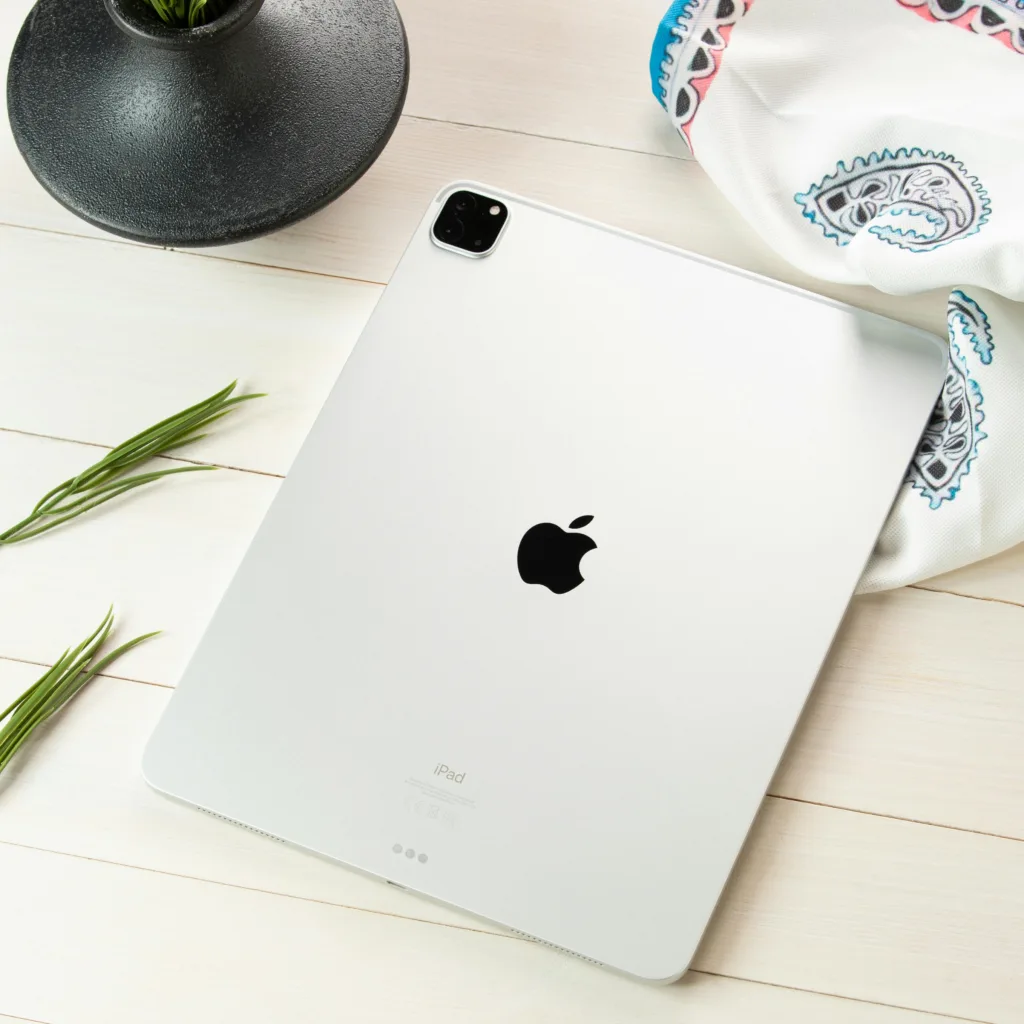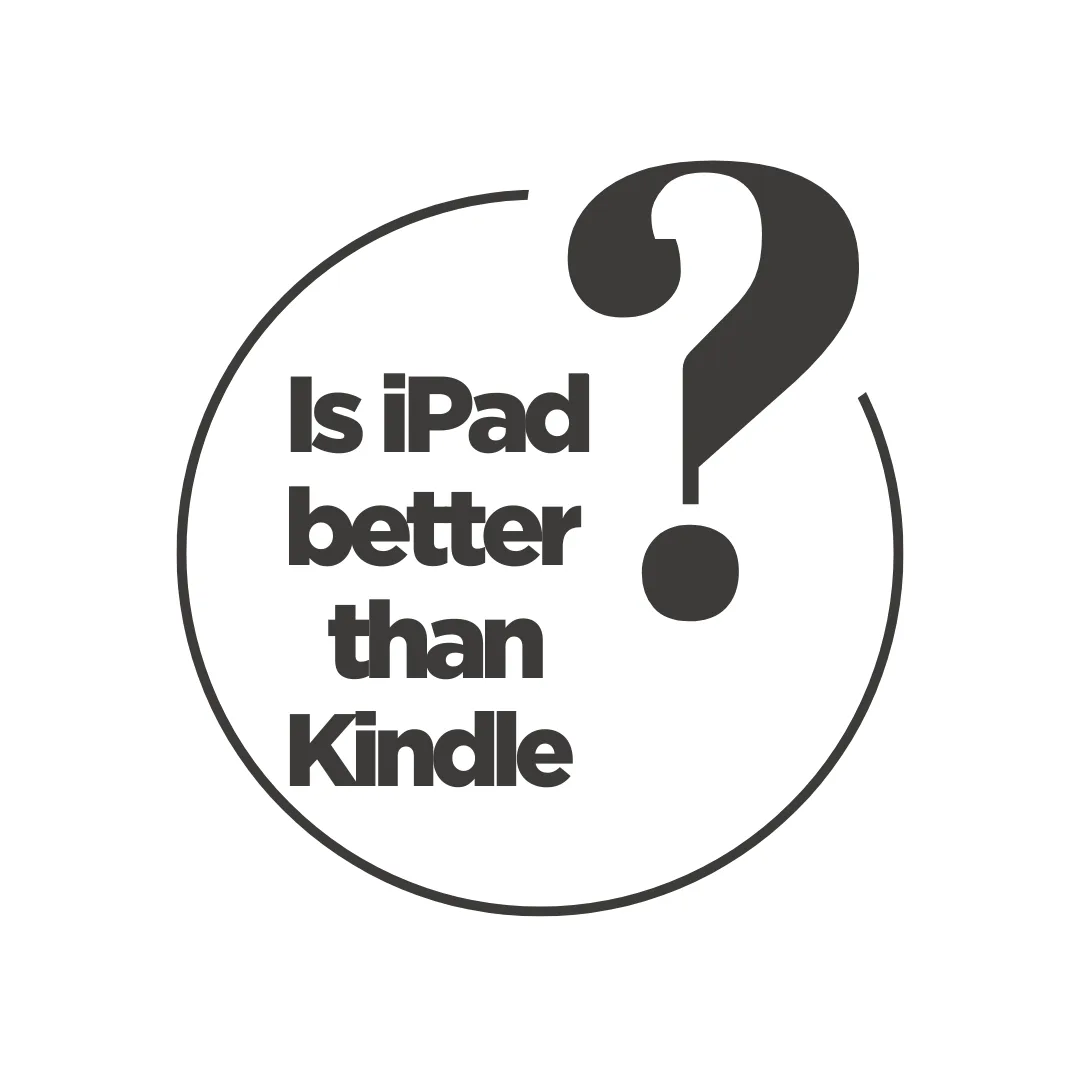When choosing between an iPad and a Kindle, the key question often is: Is an iPad better than a Kindle? The answer depends entirely on your specific needs and how you plan to use the device. Both are popular choices, but they serve very different purposes. This article breaks down the major differences to help you decide which one suits you best.
1. Purpose and Primary Use
The first and most important question to ask yourself is: What do I want to use the device for?


- iPad: A highly versatile tablet, the iPad is designed for various tasks — browsing the web, streaming videos, gaming, working, drawing, and yes, reading. It’s a great option if you’re looking for a multi-functional device that can even replace a laptop in many cases.
- Kindle: A Kindle is a dedicated e-reader built specifically for reading eBooks and PDFs. It offers a distraction-free experience ideal for book lovers. If your main goal is to read, a Kindle is hard to beat.
2. Screen Technology and Reading Experience
Your reading comfort depends largely on screen type.
- iPad: Featuring bright and colorful LCD or Liquid Retina displays, iPads are excellent for multimedia and apps. However, the screen’s glare and blue light may cause eye strain during extended reading sessions. They’re also harder to read in direct sunlight due to reflections.
- Kindle: With E Ink screens that closely resemble printed paper, Kindles provide a far more comfortable reading experience over long periods. They emit little to no glare, are easy on the eyes, and perform exceptionally well in bright environments like outdoor sunlight.
3. Battery Life
Battery performance varies significantly between the two.
- iPad: You can expect around 10–12 hours of battery life, depending on how heavily you use the device. For frequent use (especially for gaming, video, or work), daily charging is often required.
- Kindle: Kindles shine here, lasting weeks on a single charge. Their low-power E Ink technology makes them ultra-efficient — perfect for long reading sessions and travel.
4. Portability
While both devices are portable, there are notable differences in convenience.
- iPad: Heavier and larger, especially the iPad Pro models, these tablets may be less comfortable to carry or hold for long periods. Still, they’re compact enough for backpacks and briefcases.
- Kindle: Lightweight and compact, Kindles are designed for maximum portability. They easily fit into small bags or even coat pockets, and are ideal for reading on the go.
5. Price
Your budget might influence your decision significantly.
- iPad: iPads start at around $329 for the base model and can go well beyond $1,000 for the Pro versions. Additional accessories like the Apple Pencil or Magic Keyboard add further cost.
- Kindle: Kindles are much more budget-friendly. Prices begin at around $99 for the base model and top out at $249 for the premium Kindle Oasis. For dedicated readers, this makes Kindle an excellent value.
6. Additional Features
Each device offers extras beyond its core purpose.
- iPad: Access to the App Store means you can use the iPad for just about anything — games, productivity apps, video editing, drawing, video calls, and more. It includes cameras, speakers, multitasking features, and high-end performance for professionals and creatives.
- Kindle: Kindles stay focused on reading but offer perks like waterproofing (on select models), built-in lighting, and seamless integration with Amazon services like Audible, Kindle Unlimited, and Prime Reading. However, they don’t support apps or multimedia content like an iPad does.
Conclusion: Which One Is Right for You?
Choose an iPad if:
- You want a versatile device for reading, working, watching videos, or using creative apps.
- You’re looking for a laptop alternative or multimedia tool.
Choose a Kindle if:
- You’re an avid reader who wants a dedicated, comfortable, and distraction-free reading device.
- You value long battery life and portability.
In short, iPads are best for all-in-one use, while Kindles are unbeatable for pure reading enjoyment. Consider your priorities — whether it’s functionality or focus — and you’ll know which one is right for you.

